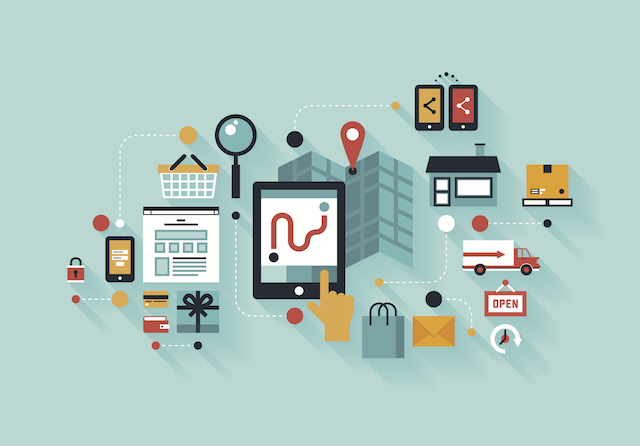07 Jan

The latest IBM ‘5 in 5’ report – top five innovations in the next five years – has an astonishing second prediction: in 5 years, buying local will beat online. This prediction seems to confound the accepted wisdom about the decline of local shopping. But IBM has a habit of getting it right: that’s why its ‘5 in 5’ report is so eagerly awaited each year by futurologists. They may well be right on this one too.
Global online sales in 2012 topped $1tr as more and more people are drawn to the convenience of sedentary shopping. IBM however believes that this growth trend has now peaked. The main reason is that the latest technical innovations – the rise of cognitive computing, combined with Big Data – can be exploited very easily by small, physical shops, and that shoppers will find the level of service far superior to shopping online. Plus, they won’t have to wait two days or more for delivery. Up to now, physical and online shopping have been quite separate. Now, they will start to combine. IBM believes that stores will get so good at using new technology that online retailers will be forced to set up their own showrooms.
This is fascinating stuff. What IBM identifies is two trends working together which will benefit the local merchant. The first is the growing accessibility, not just of inventory, but of information and knowledge about it that can be garnered by anybody using a smart device. The second is the stronger connection – aided by smart technology – that is now possible between merchant and customer. The Loyalzoo app, in the way it brings the merchant and customer closer together through loyalty, is itself an expression of this evolution. For 50 years, the merchant became more and more remote from the customer – to the point of anonymity. This trend seems now to be going into reverse. From now on, it is the merchant’s knowledge of his customer which will be the key to success in retail. Put it this way: since the war (more or less), those shops succeeded which served up more and more of the same thing to larger numbers of people. The biggest profits flowed to those who could do this on the biggest scale. What the IBM report points to is something that we can see already happening: that the most dynamic businesses are the ones who can get down more to the level of identifying the tastes and preferences of individuals and localities. Before, it was about scale; now it’s about adaptability. A smaller, local business can adapt to the needs of its customers much more easily than a big one and the speed and effectiveness of that adaptation is powerfully assisted by technology. A shopkeeper with an iPad will have the same access to the supply chain as a giant multinational with a head office of 1,000 people. But the shopkeeper has an additional advantage: he has a relationship with his customers and can use the power of big data etc to improve that relationship. Or to put it another way, cognitive computing will be of more benefit to those who already work cognitively.
So it’s good news for neighbourhood shops and their customers. And it’s kind of gratifying to find our own optimism about local shopping receive such a powerful endorsement. There is also a caution in there however. Local shops will succeed if they concentrate on offering something special, something that’s different from others and which their customers really want. They will also need to use all the tools offered by technology to make sure they can continue to adapt and grow. If they don’t do this, then their chances of survival are no higher than those of the big dinosaurs.

